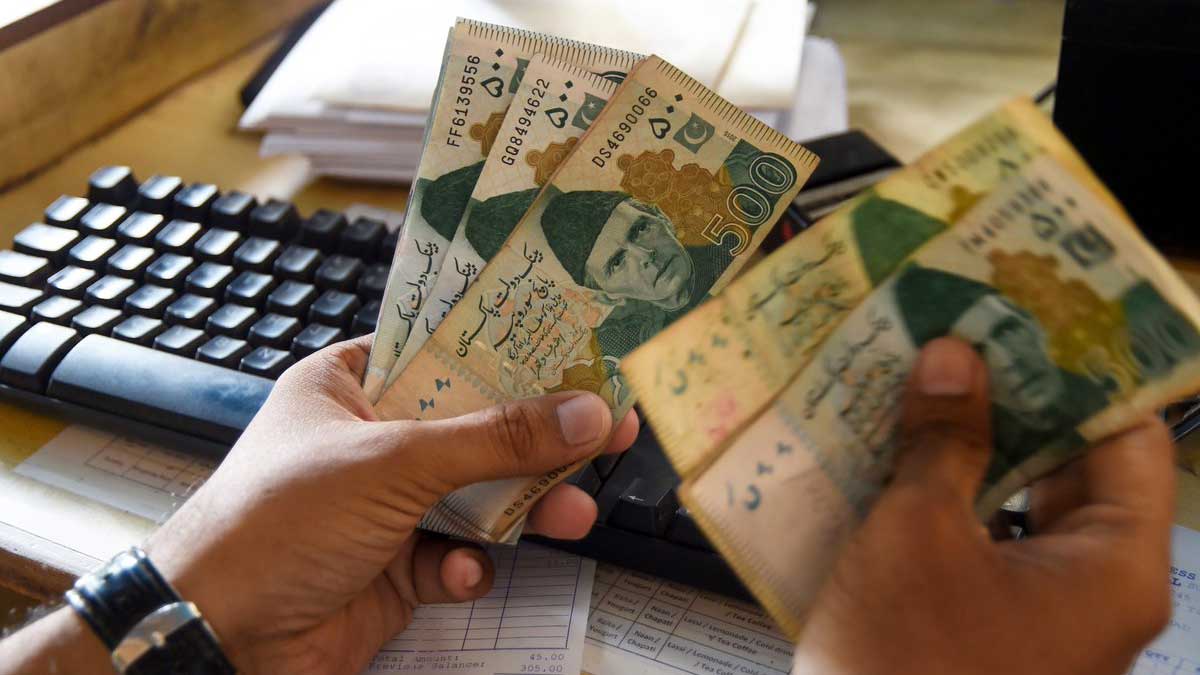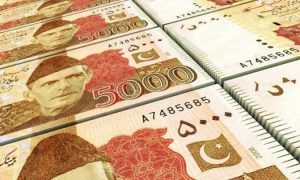Pakistan’s rupee fell almost 3% to a new record low at Rs298.93 against the US dollar in the inter-bank market amid escalating political tension and law and order disturbances in the country. The currency’s free fall is feared to accelerate the pace of inflation as imports have become further expensive. Experts have suggested that the currency may make a significant recovery on the ready counter after making a notable correction on the futures counter at the end of the day. The Supreme Court’s order for the release of ex-prime minister Imran Khan from the custody of law enforcement agencies has eased political tensions and supported the currency’s recovery. Furthermore, the International Monetary Fund’s assurance of resuming its $6.7 billion loan programme has also provided support to the rupee.
According to State Bank of Pakistan data, the currency nosedived 2.91% or Rs8.71 to a new all-time low at Rs298.93 against the greenback. The rupee has slumped 4.71% or Rs14.09 in the past two days. Alpha Beta Core CEO Khurram Schehzad commented that the rupee remained volatile and maintained its record-breaking streak for the second consecutive day due to heightened political uncertainty. Schehzad believed that it was almost impossible to project the rupee-dollar exchange rate amid depletion of foreign exchange reserves to the critically low level of around $4 billion and the risk of debt default. Exchange Companies Association of Pakistan President Malik Bostan said the rupee recovered to Rs291/$ towards the end of the day as exporters stepped in to sell their proceeds withheld over the past three days. He projected that the exchange rate would move in a band of Rs285-295/$ and would not cross Rs300/$ under the current situation.
Read More: Pakistan Faces Risk of Default Without IMF Bailout, Warns Moody’s
Meanwhile, gold price fell by Rs2,700 to Rs237,300 per tola (11.66 grams) on Thursday, which came in contrast with the massive rupee depreciation and rise in the global bullion market. Market players have attributed the price drop to a decrease in consumer demand. In the international arena, gold went up by $7 to $2,038 per ounce (31.10 grams), according to the local pricing body.
Experts have suggested that the government should gradually open imports instead of continuing its trade control, increase the number of taxpayers, and cut its non-development expenditure and the size of the cabinet to support the currency. Moreover, the State Bank should avoid further hiking its policy rate to prevent suppressing the economy and instead relax administrative controls over the economy. The return of business confidence will surely provide support to the rupee.



























